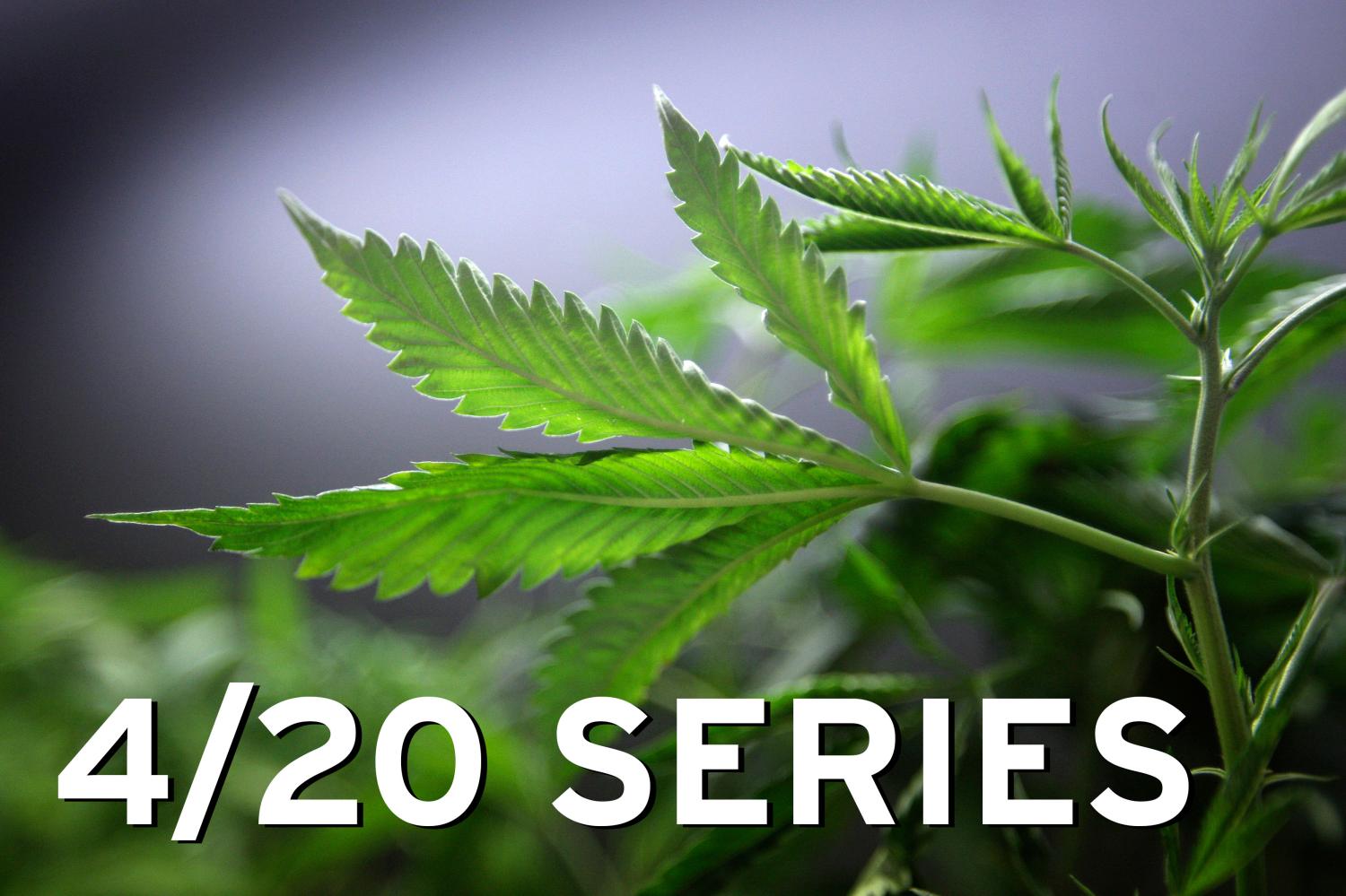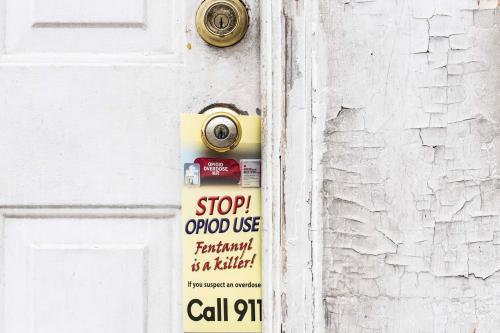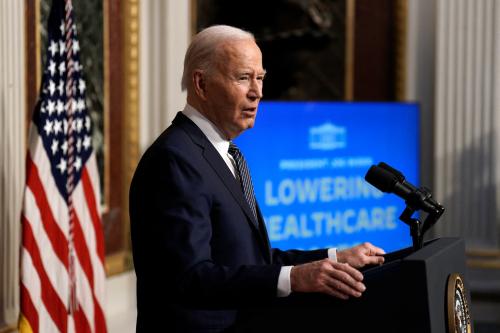Pot brownies. That’s what most people think of when you mention edible marijuana. Nothing elegant. Nothing decadent. The image it invokes is a sloppy, amateurish baking pan brimming with Betty Crocker and THC.
With the legalization of medical and recreational marijuana, however, that archetype of marijuana edible production is wildly inaccurate. It fails to capture what is a professionalized, complex, technical, and innovative part of a growing—and increasingly legal—industry. Cannabis and the culinary arts is no longer an edgy hobby of users, it’s now serious business.
Because of the rise in attention paid to marijuana edibles—some positive, some negative—I sought out a better understanding of this part of the business. On Wednesday, I wrote about my trip to Advanced Grow Labs (AGL’s), a medical marijuana grow in West Haven, CT, and while there, I spent quite some time understanding edibles.
If there is one individual able to break down the stereotypes around the production of marijuana edibles, he is the gentleman in charge of AGL’s kitchen, Dain Colandro. Dain served as my tour guide through AGL’s facility and pulled back the curtain on the intersection of cannabis and the culinary arts.
A dramatic contrast to the stereotypical amateur making brownies, Dain is both college educated and a graduate of the prestigious Culinary Institute of America. He brings to AGL’s kitchen the formal training of a professional chef and the professional curiosity to apply those skills to the most uncommon of settings.
Dain is surely not alone. Across the country there are bakers producing THC-infused edibles, and many have a professional background in culinary and/or are formally trained. However, in a segment of a small industry, the cadre of classically-trained chefs folding THC-rich oil into their recipes must be quite small.
In his role at AGL, Dain must apply both formal training as a chef with a deep and detailed understanding of regulatory compliance. The reason for this: the production of marijuana edibles is one of the most tightly regulated aspects of an already heavily regulated industry. As reports emerge from Colorado about problems with the use of edible products—overconsumption, accidental consumption, consumption by children—states that allow edibles are worried about facing the same issues. I’ve written elsewhere about the challenges Colorado has faced in trying to produce meaningful edible regulations.
Dain detailed some of the compliance requirements that he deals with daily. First, his kitchen is regulated by both medical marijuana regulations and the state’s food safety requirements, as it is a commercial kitchen. That is sensible policy. When you walk into AGL’s kitchen, it looks like a standard—if small—commercial kitchen for baking. There are stand mixers, a large tiered oven, sinks, refrigerators, a set of prep tables, and a pantry with all the staple baking ingredients: flour, sugar, oats, oils, vanilla, etc. Except for a space reserved for purified, honey-colored oil, rich with tetrahydrocannabinol extracted in the next room from the cannabis plant, it looked like a normal kitchen.
Dain explained there are very strict limits on what could be produced. Unlike states like Colorado and California where nearly any type of edible product can be purchased infused with THC, Connecticut allows but a few. In general, the edible products have to be baked items, and the market demand is largely for cookies, brownies, and granola. Confections (candies) are banned, as the concern is that their appeal to children is too great, and thus presents a risk. (While this policy seems intuitive, most children love both lollipops and cookies.)
The edible products are placed in heat sealed, opaque bags, complete with childproof packaging. The packages are clearly labeled with details about THC potency, a product description, ingredient list, and state required drug codes. The packaging can also contain the logo of the company—the size of which is state regulated.
Any new products or changes to existing products—ingredients, flavors, oil content—is subject to the regulatory pre-clearance process detailed in Wednesday’s post. Briefly, that requires an external lab to enter the premises to take random product samples to test them to ensure they contain what Dain claims they contain. That process includes ensuring that the potency of edibles—a serious problem of precision other states have faced—is accurate. If a cookie is labeled as having 5mg of THC, it has to be within a reasonable margin of error or the testing company refuses to issue a Certificate of Analysis.
This last point is a critical one. The potency of THC must be accurate, and as part of that, the distribution of the oil throughout an edible or batch of edibles must be uniform. This process is a clear illustration of the scientific nature of culinary arts. Dain explained that the introduction of cannabis oil to recipes forces a chef to make other changes as well. Some recipes require added sweetener; others require additional flavoring. The oil needs to be folded into a sufficient amount of fat—butter, shortening, vegetable-based oil—in order to dissolve, and that dissolution process must be uniform or the edible will not be lab-approved. For some products, baking times and temperatures must be adjusted. These issues are identified and subsequently overcome through a trial-and-error process—a process that is costly.
Dain noted that while AGL encourages creativity, particularly in terms of meeting consumer tastes and demands (customer feedback loops exist from dispensaries selling products), there are challenges. Creativity comes with costs in terms of raw materials and man-hours. In addition, lab testing is costly, and it is assessed on all new production designs, regardless of whether they are ultimately approved. And in the end, the affordability of products will influence consumers’ willingness and ability to buy in ways that directly impact the company’s bottom line.
AGL staff reiterated that they understood that regulatory requirements (and their associated costs) grew out of the need to produce safe, reliable medical products. And, because the state treated medical marijuana much like it does other pharmaceuticals, those layered regulations also provided additional consumer and market benefits. Yet, those costs remain as a market reality for Connecticut’s marijuana growers.
Ultimately, Dain described the gold standard in the culinary arts of commercial cannabis: “cost-effective, manageable batches that are consistent and scalable.” Those features both satisfy consumer expectations for high-quality product and producer demands for profitability. In many ways, those are the same goals sought out in any commercial bakery. The difference being the standard commercial bakery faces far fewer regulatory compliance costs.
However, regulatory compliance is just one limiting factor in the marijuana edibles industry. Consumer demand creates difficult dynamics, as well. The customer base in Connecticut is quite small. There are slightly more than 3600 registered patients in the state. In many ways, that is a positive aspect of the system, reflecting that the Nutmeg State’s medical marijuana system is not simply a doors-wide-open gray market for recreational consumers to access cannabis. However, as AGL’s managing director, David Lipton argued, part of that small patient base also emerges from a lack of knowledge in the state that the program even exists.
Regardless of the causes of a small consumer market (and whether those causes are positive or problematic) the size of the market has consequences for producers—and particularly for edibles. Edible users represent a subset of an already small market (not all patients buy edibles). Thus, it’s even more essential than in other industries to limit input costs and make products scalable, a surefire recipe to stifle creativity. It also makes it harder for competitors to distinguish their product, another essential market concept.
To put such challenges into perspective, Dain offered an anecdote: In addition to standard cookies and brownies, he wanted to offer something unique for dispensaries’ opening day. He went to work in his kitchen, combining his formal pastry training with a supply of cannabis oil. His new product gained approval from Connecticut’s Department of Consumer Protection. And for medical marijuana’s grand entrance to Connecticut’s medical market: AGL offered cannabis-infused chocolate hazelnut French macarons—a product that almost any reader would embrace a non-infused version of. Ultimately, they didn’t sell in large enough numbers to justify their higher input costs—a basic scalability problem.
In a state with a larger market—or perhaps once Connecticut’s patient/consumer base expands— an elegant delicacy that satisfies a sweet tooth and is intended to offer palliative benefits for debilitating medical conditions will come back to market. In the meantime, that product falls victim to the challenges and regulatory demands of the new marijuana economy, and it serves as a critical lesson for a talented young chef now devoted to a brand new, medical industry.
The Brookings Institution is committed to quality, independence, and impact.
We are supported by a diverse array of funders. In line with our values and policies, each Brookings publication represents the sole views of its author(s).





Commentary
4/20 series: Now we’re cooking with…cannabis? Marijuana edibles and regulatory demands
April 24, 2015